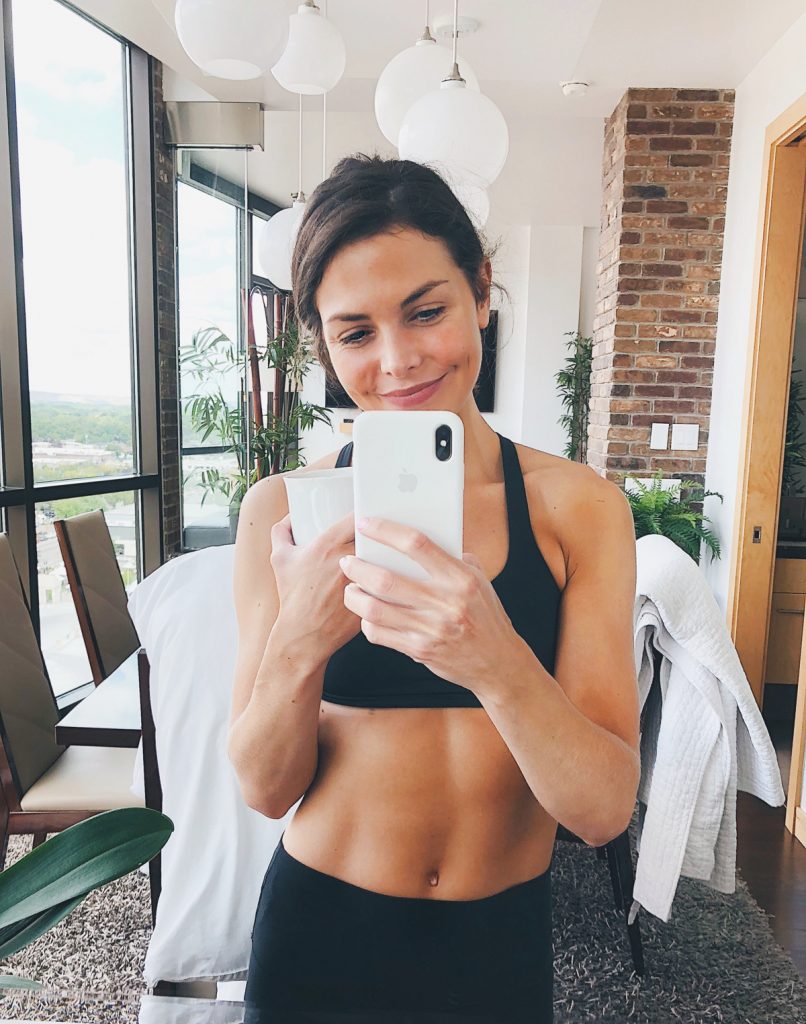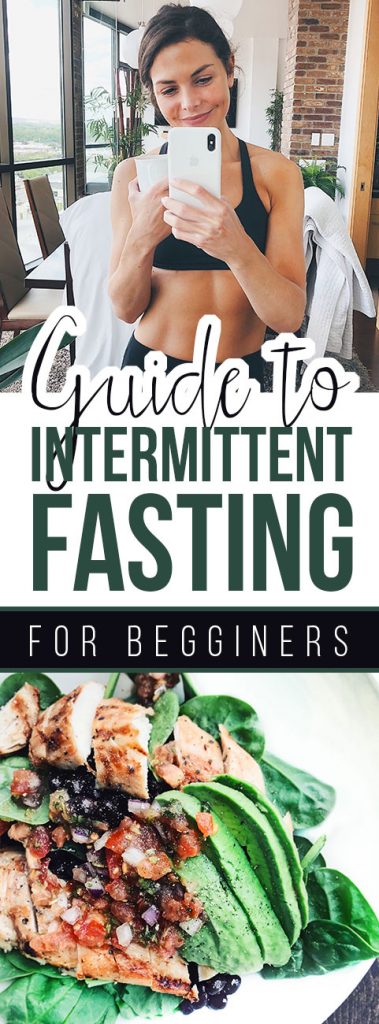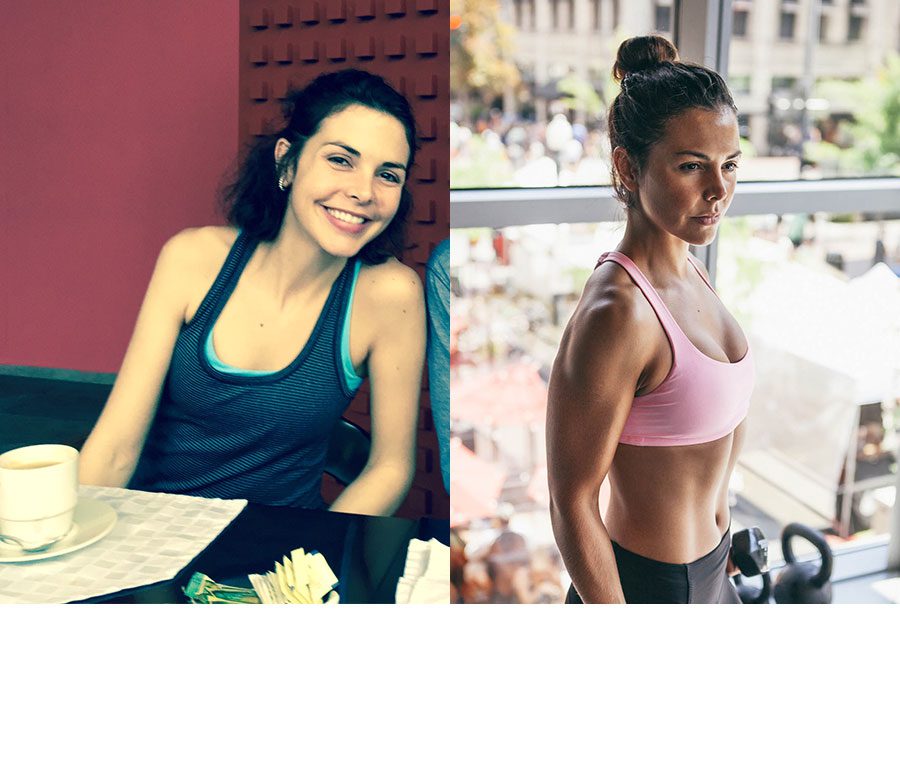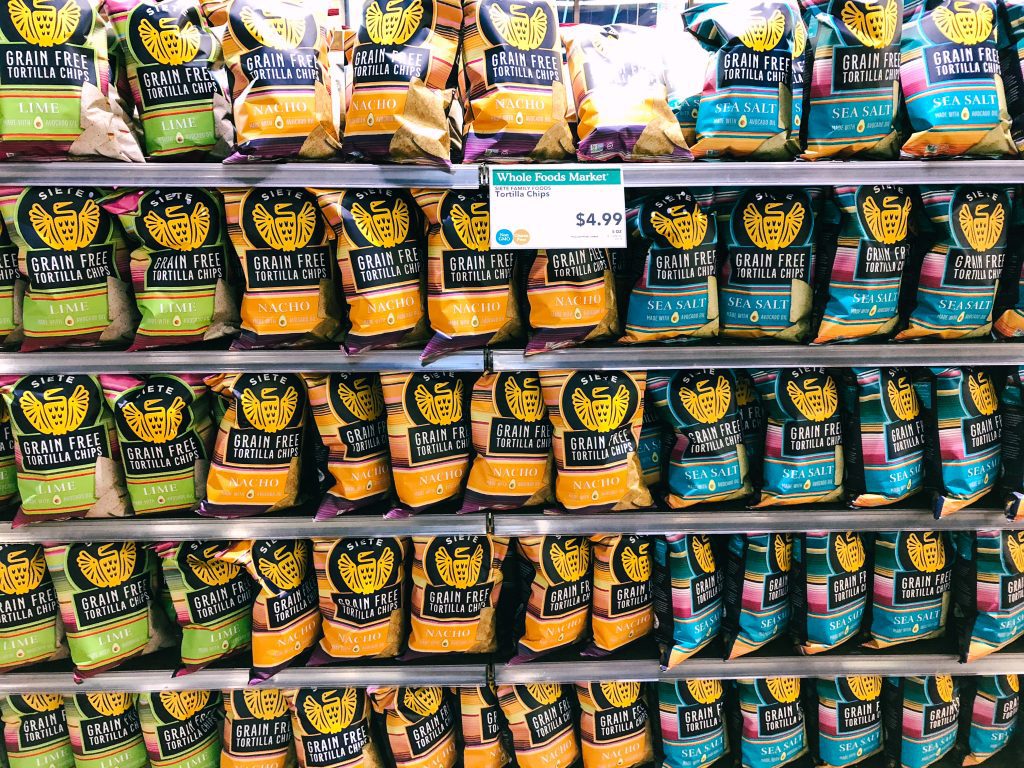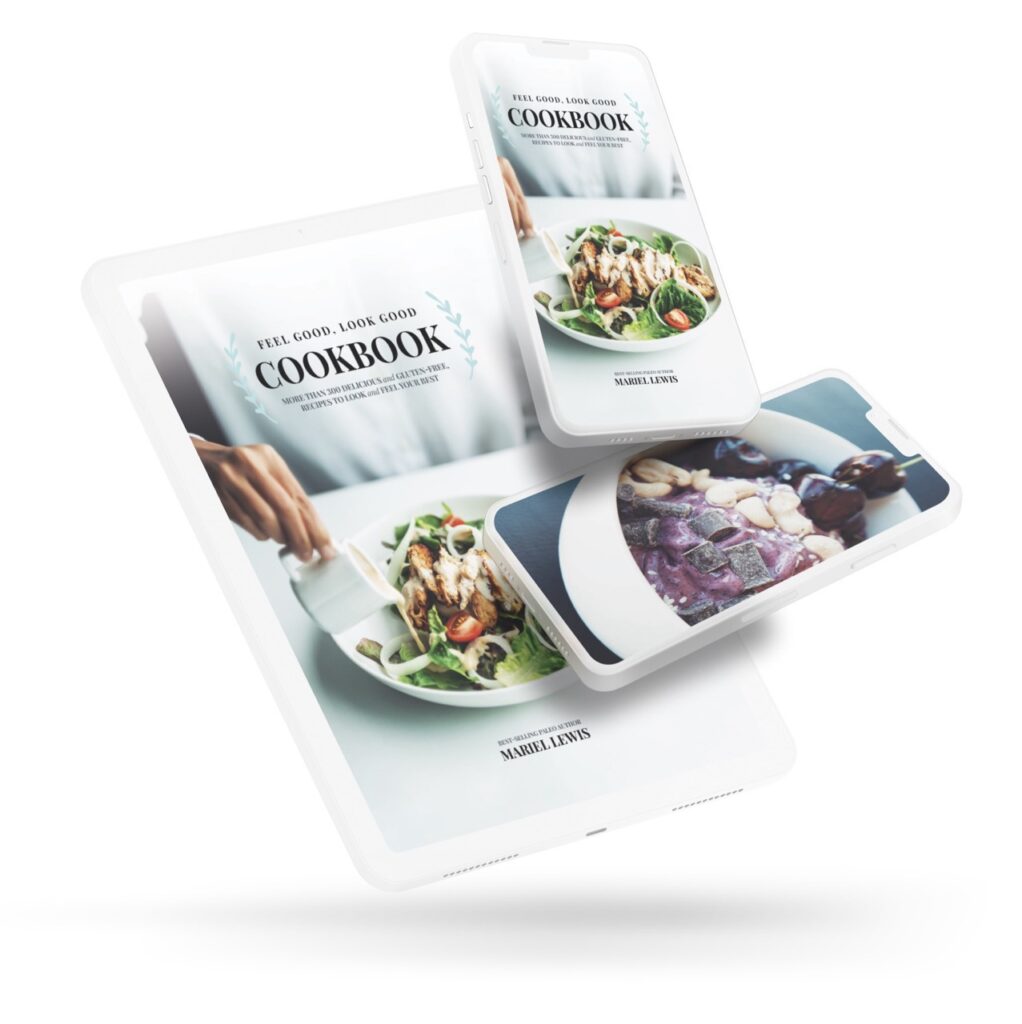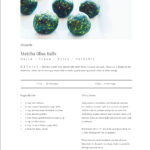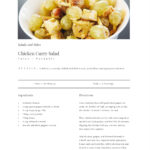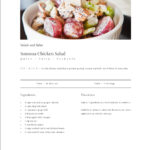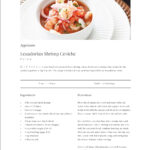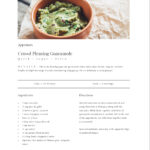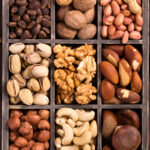I have been Intermitting Fasting for over 5 months now, and I gotta say, it’s probably the best thing I have done for myself since I took the food sensitivities test or started weight training (both of which changed my life for the better).
Intermittent Fasting was introduced to me by my husband, Preston, and he was introduced to it via a plethora of fitness and health books he had been reading to prepare himself for his new venture: Black Box VR – the first virtual reality gym experience.
Ever since hearing about it through Preston, I dove deep into researching and finding more about what this lifestyle would entail. It sounded great and people raved about it, and I wanted to see if it was for me. After reading loads of articles and listening to various podcasts, I decided to make the jump. I wanted all of the benefits IF claimed to offer.
Preston and I both started practicing IF at around the same time, and we have been really happy with the results. It has worked wonders for both of us health-wise, and it has now become a lifestyle and way of living.
Our fasting schedules are currently in sync, which works great as it allows us to remain accountable and it makes our every day routines easier. However, we do fall in and out of sync with each other, as our fasting/eating schedule highly depends on when we stop eating the night before. Because we each have unique work and social lives, this varies. Therefore, our eating schedules sometimes are off.
With that being said, this lifestyle’s success comes from keeping track of your own fasting & eating windows, not on being in-sync with others who also follow the lifestyle. Schedules are very much personal, and quite honestly, ever changing. So just remember that to be successful with IF, you rely on you and on keeping track of your own eating/fasting windows. You have full control of its success, and if you want to do it well, you can.
This article sheds some light as to what this lifestyle is all about, shares my personal experience with IF, and it also provides you with some of my own tips and tricks that I have found to be very helpful. This article is not related to the Paleo Diet, however, if you do follow the Paleo Diet, the IF lifestyle can work alongside it too.
This blog post will cover the following:
- What is Intermittent Fasting?
- Why You Should Intermittent Fast?
- Who Should Avoid Intermittent Fasting?
- How to Intermittent Fast?
- How to Get Started with Intermittent Fasting?
- What if You feel Hungry During Your Fast?
- Can You Take Supplements During Your Fasting Window?
- How to Break Your Fast?
Hope you find the information insightful and useful. IF has helped me tremendously and I know it can help many others too. Please feel free to ask questions and/or share your own IF experience with our community.
Disclaimer: The information in this blog post is not meant to substitute professional guidance; it is based on my own research and personal experience.
What is Intermittent Fasting?
Intermittent Fasting (IF) involves alternating windows of fasting and eating.
It deals with the timing of your meals, not so much with what you eat or don’t eat. It is NOT about skipping meals and dieting, instead, it’s an eating pattern or a lifestyle that deals with windows of fasting and windows of eating.
To understand how this method works, you should first know the difference between the fed state and the fasting state.
The fed state is when your body is digesting food. It starts when you eat something and lasts for 3 to 5 hours as your body digests the food. When you’re in this state, your insulin levels are high and it is very difficult for the body to burn fat.
After some time, your body gets into what is called as a post-absorptive state, during which the body does not process the meal. This phase lasts for about 8 to 12 hours after you’ve had your last meal. Following this, you’ll have entered the fasted state.
You’ll find it much easier to burn fat in the fasted state as your insulin levels are low during this stage. The fasted state is when you’ll burn maximum fat, and people can only get into this state by having no food for at least 12 hours after your last meal.
This could be why when people start intermittent fasting for the first time they lose weight much faster without actually changing what they eat and how much they eat. Intermittent fasting puts your body into a fat burning state which is not possible to achieve with a normal eating schedule.
Studies have shown that IF not only helps with fat burning, but also with improved digestion, increased energy levels, metabolic health, protection against diseases, and with longer and better living.
Why Should You Intermittent Fast?
As I briefly mentioned above, there are many benefits to IF. Below are some of the most impressive benefits I’ve personally experienced from living this lifestyle:
Improved Digestion
Because of the long break you give your body during the fasting period, you allow your digestive system to recover. You give permission to your body to not work as hard and to be able to fully rest from breaking down food non-stop. In my experience, I’ve noticed that this has reduced bloat, decreased inflammation and decreased digestive upset.
Better Eating Habits
Following IF has made me a more intuitive eater. I have become more aware of when I am hungry and when I am not. I don’t use food to calm stress, release anxiety or pass time. I am able to recognize when my body is actually hungry, and nourish it when it is.
Lean Muscle Mass Gain and Fat Loss
Intermittent fasting leads to a major reduction in body fat, especially around the midriff region. If you’re struggling with belly fat that doesn’t go away, then try this method. There are many studies that show how this technique leads to a significant reduction in fat mass even as you retain your hard-earned muscle.
Increased Energy Levels
With IF, I have noticed an increase in my overall energy levels and my focus. Since I am allowing my body to have that long digestive break, I am sleeping better and waking up energized. IF also keeps my blood sugar levels stable, so even right after having a meal, I am able to maintain good energy (vs the opposite effect after a meal: ready for a nap).
I am able to maintain my high energy throughout the day, and feel ready to sleep a few hours after my last meal (which is around 6 or 7 pm). I love feeling tired and ready for bed early, and I never feel insomnia nor restlessness at night.
Lifestyle Simplicity
What’s truly great about IF is how simple it is. You can incorporate it into your current routine without having to limit the type and amount of food you take. You also don’t have to worry about making a ton of meals during the day, because you are not eating as frequently.
Having more time on my hands has allowed me to be more productive, as I am able to use that time and focus on getting getting other things done. In my case, I am able to use my mornings in a productive way and use that sharp focus to respond to emails and work on content (which actually aligns with what Tim Ferris recommends on his 4 Hour Work Week book to remain most productive: getting the most important stuff done in the morning).
Physiological Benefits
There are many physiological benefits that come from intermittent fasting. Two that I have personally experienced are:
- Stable blood sugar levels – which have helped maintain steady energy levels, improved my cardiovascular health and lifted my mood.
- Improved brain function – which have helped me with memory and cognitive performance, sharpness, alertness and increased focus.
Who Should Avoid Intermittent Fasting?
While Intermittent Fasting has helped me in many ways, it might not be for everyone. Here are the types of people who this practice is not recommended for:
- If you are sleep deprived or are suffering from anxiety and depression or a stress-related problem, this method is probably not for you.
- If you are a professional athlete who is suffering from the after-effects of overtraining, this method is not for you.
- If you are leptin resistant or suffer from low blood sugar, this method is not for you. If you feel sick or dizzy, or incredibly tired when fasting, eat something.
- If you are pregnant, plan to be pregnant or are breastfeeding, this method is not for you as it may add extra stress to your body.
- If you are under a lot of stress (starting a new job, moving to a new home, experienced death in the family, battling an illness, or going through any major life changes), this method is not for you as fasting is a stressor and can increase your cortisol levels.
- If you have an eating disorder or are recovering from one, this method is not for you.
- If you suffer from a chronic illness, it is important to speak to your doctor first.
How to Intermittent Fast
There are a few ways to Intermittent Fast. The most common way is the 16/8 Method, which is the first one discussed below. If you are interested in trying Intermittent Fasting, I recommend you read each of these methods, learn more about them if you require more infromation and then make an informed decision as to how to proceed.
I recommend that you also consider which method sounds more appealing/doable to you, as well as which one aligns best with your lifestyle and goals, because the chances of you sticking to it and liking it are higher.
16/8 Method: Fast for 16 hours every day
The 16/8 Method involves fasting every day for a period of 16 hours, in which no food can be consumed; during this fasting time you can have water or non-caloric beverages, such as black coffee or tea (without the milk and sweeteners). You then are left with an eating window of 8 hours, where you can fit in 3 to 4 meals comfortably.
This method can be as simple as eating an early dinner (6pm) and eating a late breakfast (10am), or as eating a late dinner (9pm) and eating again at around brunch or lunchtime (1pm).
Of course, it is always recommended to eat healthy, whole foods during your eating window. Eating quality foods will not only ensure you get proper nutrition during the time you eat, but it will also make you look better, sleep better and live better.
The 16/8 Method is the ONLY method I follow; it works really well with my lifestyle and I find it extremely healthy and effective, so I practice it every day. We begin fasting at around 7pm and eat again at around 11am the next day. We try to eat as healthy as possible during our eating window, but we allow ourselves fun little treats here and there too. Life is all about a healthy balance.
5:2 Method: Fast 2 days per week
The 5:2 Method involves eating normally 5 days a week, and restricting your calories 2 days a week. The calorie count for these 2 days should be kept anywhere in between 500 or 600 total.
This method can be simplified by eating two small meals, each consisting of 250 or 300 calories, twice a day during fast days.
Of couse, those two small meals should consist of healthy, whole foods as eating quality foods will give you proper nutrition and energy.
Eat-Stop-Eat Method: Fast for 24 hours once or twice a week
The Eat-Stop-Eat Method involves doing a full 24-hour fast once or twice every week. An example of this would be fasting from breakfast to breakfast, lunch to lunch or dinner to dinner; you pick when your fast begins, and as long as it lasts the full 24 hours, you are good to go.
Non-caloric beverages such as water, black coffee or tea are allowed, however, no solid foods are allowed during the fast.
It is important to eat healthy and whole foods on the non-fasting days, especially the day after the fast, to get proper nutrition and to go easy on the digestive system.
Alternate Day method: Fast every other day
The Alternate Day Method involves fasting every other day, fasting for 24 hours each day you fast.
Some allow 500 calories on fasting days, some don’t. This method can be quite extreme and is not recommended for beginners, people who have low body fat composition, or women who want to become pregnant, are pregnant or are nursing.
Warrior Method: Fast during the day, eat at night
The Warrior Method involves fasting during the day and eating a well-balanced meal at night. The nightly eating window lasts 4 hours, in which you want to fit all your nutrients and macros for the day.
This method encourages eating a diet similar to the Paleo Diet, where whole, unprocessed and all-natural ingredients are consumed; a diet consisting of high protein, high fat and moderate carbs.
Spontaneous Method: Fast when convenient
The Spontaneous Method involves fasting whenever you’re best set up to do so, not really sticking to a schedule nor a fasting plan.
It encourages fasting from time to time to allow the body to rest, when it is convenient for your lifestyle to do so. If you’re busy, don’t feel hungry or feel like your body can benefit from a fast, you fast.
The human body is meant to fast from time to time, so your body won’t experience muscle loss or enter into a “starvation period” if you decide to fast during one of your daily meals or even for a whole day.
When not fasting, it is important to eat healthy, whole foods to obtain proper nutrition and energy.
There are various ways to fast. If you chose to practice IF, pick the method that best works best for your lifestyle and needs.
How to Get Started with Intermittent Fasting?
If you want to get started with intermittent fasting, I suggest you get a clearance from your doctor first. After a thorough medical checkup, your doctor will tell you if you have any health issue that prevents you from starting with intermittent fasting.
I covered various types of intermittent fasting – choose the one that suits you best.
Once you start intermittent fasting, map out the fasting windows and eating windows. Have a clear idea of what your intermittent fasting period is going to be, and the accompanying feeding/eating windows.
Things to remember:
- Get about 7 to 9 hours of good sleep every night. This is important, as good sleep curbs your hunger and is vital to your health.
- Remain properly hydrated. Take at least 10 to 12 glasses of water a day. This is very important during the fasting period.
- Know that you can take black coffee or tea during the fasting period – just don’t add any milk or sugar. Coffee in particular is highly satiating and keeps your energy levels high.
What If You Feel Hungry During Your Fast?
You might experience feeling hungry or a bit anxious (for food) during your fasting window on the first few days of your new lifestyle. However, this hungry feeling should slowly dissipate the more your body gets used to your new routine.
Now, whenever you experience these hungry feelings, there are a few things that you can do to help yourself out. The following are a few tips and tricks that I have tried and helped me out
- Keep yourself busy. Don’t just sit at your desk and stay sedentary during your fasting window; try running errands, checking e-mails, cleaning, walking the dog, etc. This will distract your mind, switching the focus away from food to achieving tasks and feeling efficient.
- Drink lots of water, as much as possible, at least 100 ounces. When our body is dehydrated, it gives us a feeling of insatiability and tells us to fix it somehow. A lot of times we think we are hungry because our body is craving something, but all we really need is water/hydration to bring us back to balance.
- Have black coffee and black tea as needed or desired. Caffeine suppresses appetite, so having a black cup of coffee (with no milk or sugar) can take that hungry feeling away for a few more hours until its time to break our fast.
- Make sure that you get at least 8 hours of sleep every night. Resting is crucial for us to feel well and balanced; whenever we have bad nights of sleep, our body doesn’t feel satiated (very much like that dehydration feeling we just talked about), and it wants to turn to food for satiation.
- Stay active. I like to go to the gym in the morning right after waking up, to keep my body moving until it’s ready to break its fast. This aligns with the first tip mentioned above. It not only keeps me distracted and takes my focus away from my fasting, but it also gets me closer to my fitness goals. Physical activity is best performed on an empty stomach anyway, since our blood flow will not be on our digestive system trying to break down food, but on the muscles we are trying to grow. Drink lots of water during your workout, and if needed, go ahead and take a pre-workout or black coffee prior to the gym for energy.
 Can You take Supplements During Your Fasting Window?
Can You take Supplements During Your Fasting Window?
This is debatable. If you want to do a clean fast, then nothing other than water should be allowed while on your fasting window. However, there is something called a “controlled fast” that is also a very popular practice within the IF lifestyle.
A controlled fast is where you have no food, but allow yourself calorie free drinks such as black coffee, tea, pre-workouts, BCAAs, etc.
I try to practice a clean fast whenever I don’t workout, however, on days that I go to the gym or on days when my eating window stopped way too late the night before (say, we went out to a dinner party and had our last bite at around midnight), I turn to a controlled fast.
What that means is, if I’m going to the gym or feel like I need a little something to hold me together until my eating window starts, I’ll drink a cup or two of black coffee or black tea. I have also taken a few pre-workout caffeinated supplements before, but I hardly ever do this now.
How to Break Your Fast?
This depends on the IF method you choose to follow, however, if you follow the most common IF method (the 16/8 Method, which is the method my husband and I follow every day), you want to break your fast 16 hours after your last meal.
At this time, you’ll be ready to eat a nice meal and you’ll have a good appetite for it.
I recommend you break your fast with something healthy and nutritious. Just because you fasted, doesn’t mean you should now “treat” or “reward” yourself with something bad. That would not be healthy for you and it would somewhat nullify some of the benefits you gain from IF. Therefore, make sure you break your fast with a nourishing meal that contains good macros (healthy fats, protein and carbs) and is satiating to your palate (this can be something savory, sweet or a combination of both).
I personally enjoy breaking my fast with something savory, and something that still feels like breakfast. I am a creature of habit, so I tend to have eggs, sourdough toast and a nice side of full-fat ricotta cheese on most days. Now, I know this is not Paleo, but these ingredients do not cause me inflammation and my body responds really well to them. Not to mention, they are intensely satisfying to my palate…I love to toast my toast really well and add a bunch of freshly cracked black pepper and pink Himalayan salt to both my eggs and cheese. I will also make a nice hot cup of dark coffee with a generous dollop of full-fat canned coconut milk.
The rest of your meals should also be healthy and balanced. I personally enjoy eating smaller meals throughout the day, because I never love feeling too full. So smaller and frequent meals is what I have found to work best for me. Everyone is different though, so remember to listen your body and nourish yourself based on what your body tells you it needs.
The rest of my meals include both savory and sweet foods. I will snack on plantain chips, greek yogurt bowls (with plain greek yogurt, fruits and gluten-free granola), fresh cherry tomatoes or carrots, nice creams (made out of frozen fruits, raw cacao and collagen peptides), or small salads.
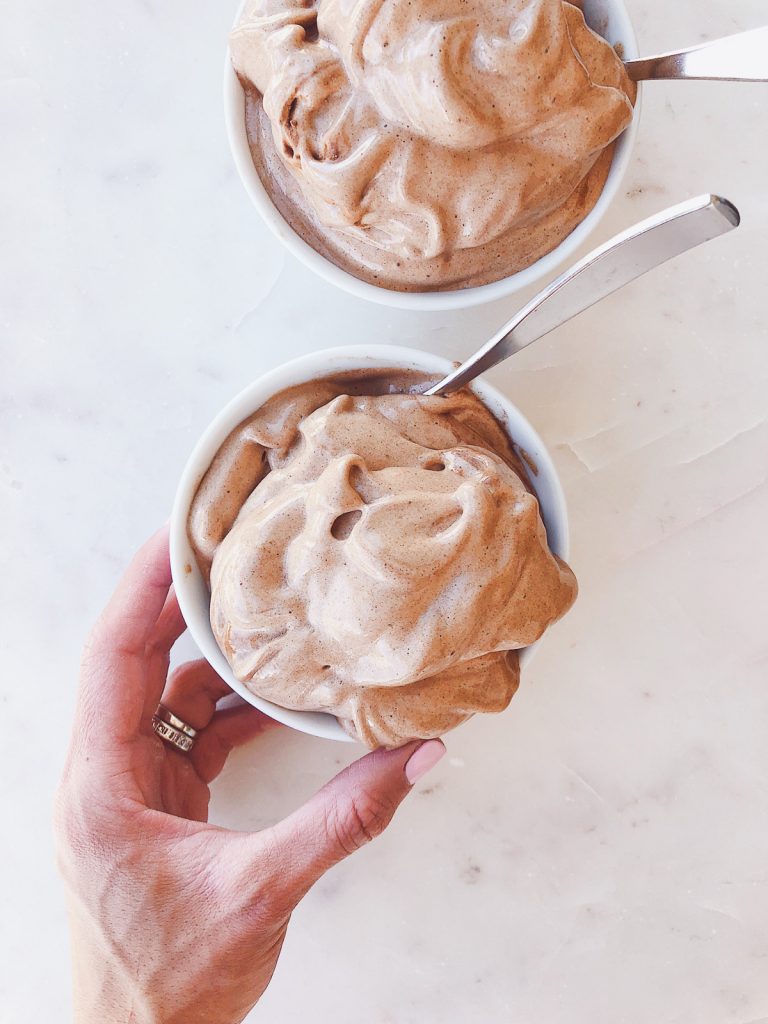 And then dinner is always the highlight of our day, where we grill fresh proteins (such as chicken, steak, bison or turkey burgers) and accompany that with some kind of starch (sweet potatoes, Siete chips/tortillas, sourdough bread, etc.) and a nice portion of vegetables (grilled, roasted or raw).
And then dinner is always the highlight of our day, where we grill fresh proteins (such as chicken, steak, bison or turkey burgers) and accompany that with some kind of starch (sweet potatoes, Siete chips/tortillas, sourdough bread, etc.) and a nice portion of vegetables (grilled, roasted or raw).
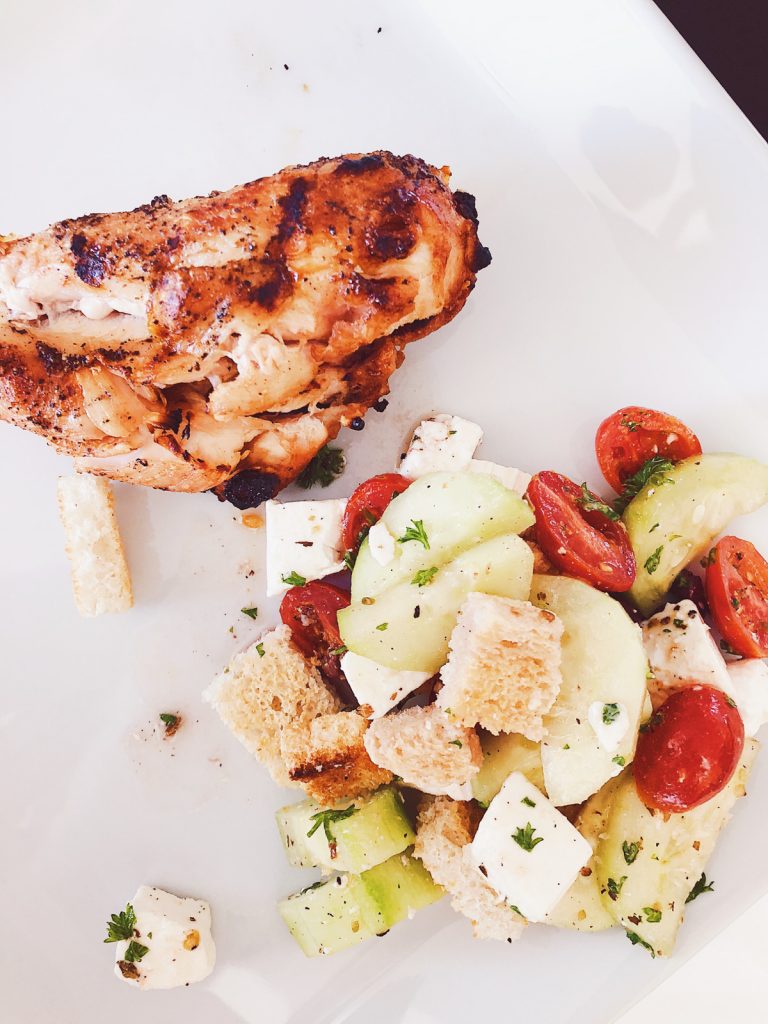 These are all the supplements I take while on my eating window:
These are all the supplements I take while on my eating window:
Conclusion
IF has worked wonders for my husband and I; we both saw great results even from the start. It is important to note, however, that IF is not necessarily for everyone and that you must do your own research (and ask your medical practitioner) before doing any major lifestyle changes. If you are interested in IF, I’d also recommend you get honest with yourself and check your own personal relationship with food, health and fitness, as it is always good to realize our true motifs and go from there.
If you do decide to test IF, remember that new routines take a minimum of about 21 days to become habit, so give it some time and be patient with the process. Don’t be hard on yourself, and give yourself grace. Soon enough, fasting will become second nature to you if you stick to it.
Do you practice IF? If so, what do you like about it the most? What have been some of the benefits you have personally experienced?
PIN ME

